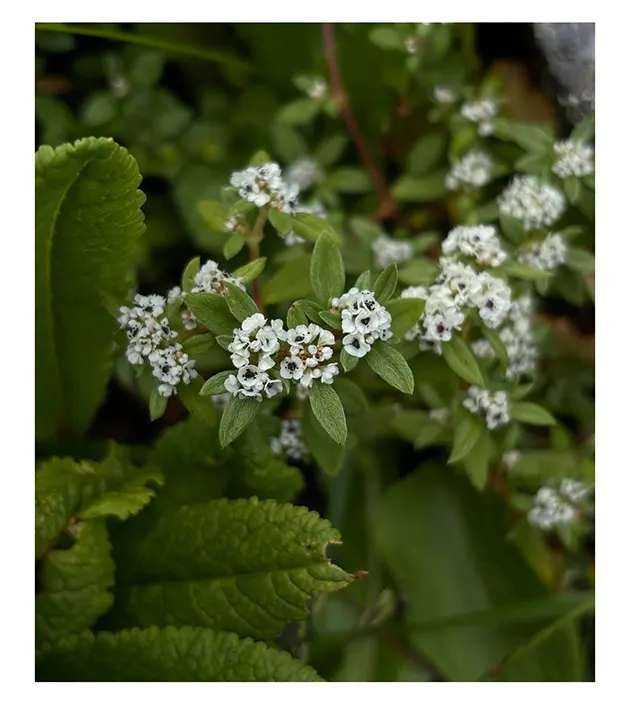ITANAGAR, 27 May: A team of researchers from Jorhat (Assam)-based North East Institute of Science and Technology (NEIST) has discovered a small herbaceous plant species, Koenigia arunacha-lensis, belonging to the family Polygonaceae in Tawang district. It has been named after Arunachal Pradesh.
The study was led NEIST scientist Dr Pankaj Bharali, NEIST PhD scholar Bipankar Hajong, and Dr Magnus Lidén from
Uppsala University, Evolutionary Biology Centre, Systematic Biology, Uppsala, Sweden.
The Koenigia members in this region are not well known and represent one of the poorly studied complex groups of Polygonaceae family. According to the team, there may be additional taxa within this group that require further study.
However, Koenigia arunachalensis is unique in being an erect herb with profusely hairy habit, lanceolate leaves, bipartite ochreas with long hairs on the outer surface, and many compactly packed terminal white flowers with dark purplish centre. This new species is flowers in July to October. It is closely related to Koenigia nepalensis, but there are many distinguishing characteristics, such as the larger and longer leaves, different ochrea shape and nature, large bract, a large number of flowers in the inflorescence, long pedicel, greater number of stamen, and absenceof staminodes.
This new species is predominantly distributed in alpine habitats throughout Tawang district. So far, scientists have located the species in Potak, Chuna, Tsechu, Bum La, Nagulapaas, Se La and Bangajaan areas of Tawang. It grows on open alpine stony slopes at an altitude of 3,650?4,300 metres above sea level, and is associated with other herbaceous species, such as Ligularia spp, Bistorta sp, Persicaria sp, Senecio sp, Meconopsis sp, etc.
As per the team, Koenigia arunachalensis is highly abundant in the study areas, with an estimated population of approximately 500 to 700 individuals in every spotted location. They have recorded the presence of this species in the Indo-Bhutan border to the Indo-Tibet border.
K arunachalensis is preliminarily assigned as ‘data deficient’, following the IUCN (2022) guidelines. The discovery has been published in the Nordic Journal of Botany – a journal of Nordic Society Oikos, Sweden.




